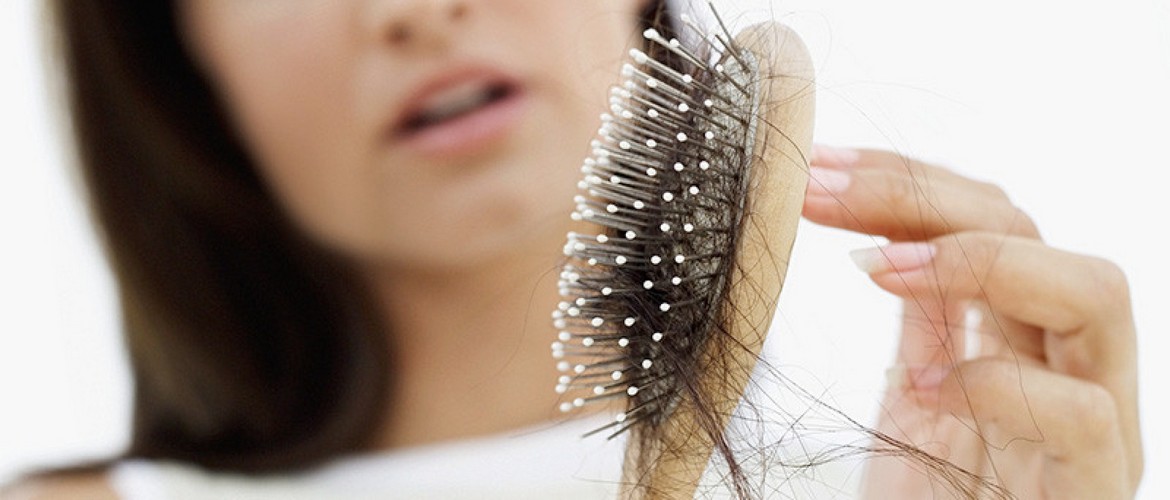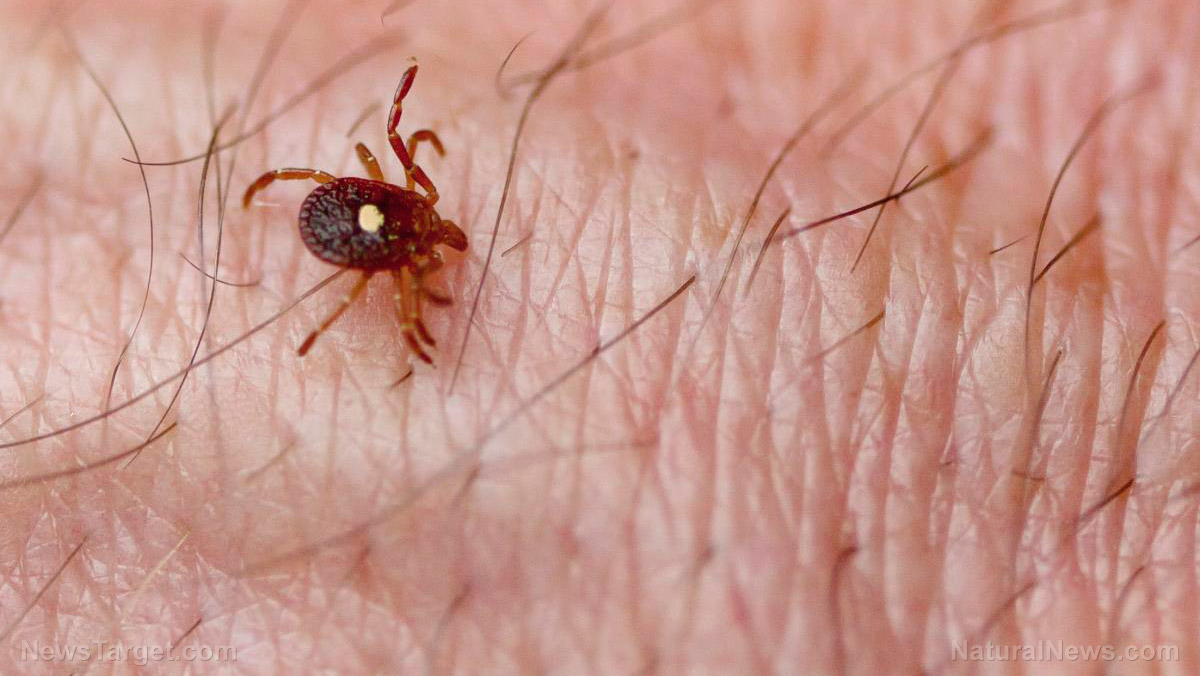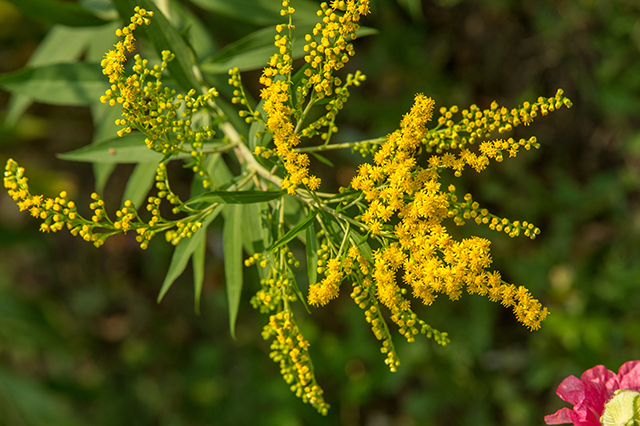
“I get faced in my clinic with people who have gone out to eat and have eaten pizza or been to that new burger place or had red velvet cupcakes. That is due to the rise of the red velvet cupcake allergy which is all due to cochineal,” explained Skypala when she spoke at the Cheltenham Science Festival.
Cochineal, the natural food coloring responsible for the signature shade of red velvet cupcakes, is made from ground-up insects. Cochineal insects have been used as a food additive since the 15th century; however, the growing demand for red velvet cupcakes has called for increased usage of cochineal. “In the 1980s with awareness of E numbers a lot of companies started using natural food colourings which can have proteins in them which can cause allergy. So now I have the red velvet cupcake allergy,” stated Skypala. (Related: Vegetarians beware: Starbucks admits to using beetle extract in popular drink coloring)
The country's dietitians and allergy experts have witnessed a boom in the persistence, severity, and range of food allergies, and they've pointed out evolving diets as a major cause. Ever-changing diets meant that more adults were being exposed to new foods that triggered allergic reactions. Skypala noted that diets have changed enormously since the 1960s. The increasing awareness of allergies has played a role in the rise of food allergy diagnoses as well.
Dr. Adam Fox, consultant children's allergist and speaker at the Cheltenham Science Festival, told the audience: “When I was at school and I left 30 years ago I remember there was one child who had a peanut allergy. Thirty years later my son is at the same school that I went to and I know six of the 24 kids in his class professionally because of their allergies. In just 30 years we have seen a step change, certainly in the recognition and public perception of allergies but also there is very good evidence to suggest there is a real growth as well.”
How is cochineal made?
Cochineal is created from the cochineal insect, a scale insect native to Mexico and South America. These small insects usually live on the prickly pear cactus, which has red cactus berries that are eaten by the females of the species. The red color then becomes concentrated in the bodies of the female insects.
Harvesting them can be done in two ways: by hand or using Zapotec nests. Once harvested, the insects are poured onto a wooden plank and shaken for five to six minutes. This process kills the insects but retains their dark colors. There are other ways to kill the cochineal insects, such as using an oven or a vat of hot water. The insects are left outside to dry in the sun for two or three days, and then shaken in a strainer to remove any leftover residue. Around 70,000 cochineal insects are needed to make one pound of cochineal dye.
Any product that uses cochineal will typically include it on the ingredients label. It will be written out as “cochineal extract” or “carminic acid”.
Find out what really goes into your food by visiting FoodSupply.news.
Sources include:
Please contact us for more information.























